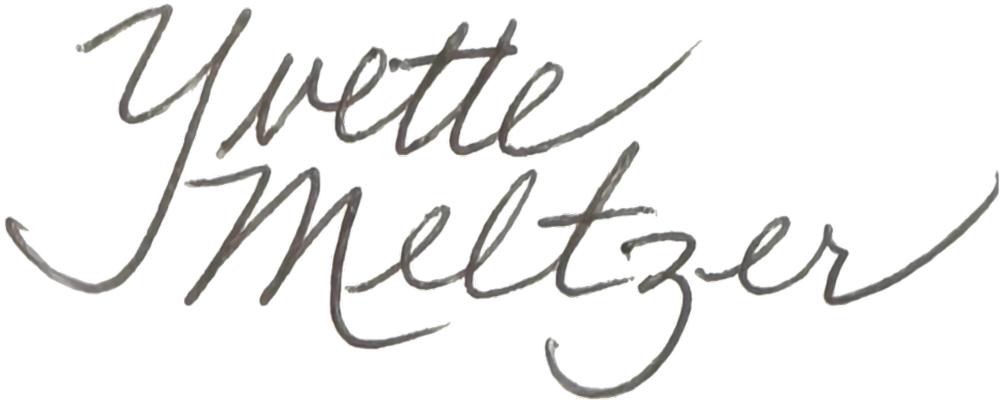f-stop blog interviews
Interview with photographer Leasha Overturf
Yvette Meltzer: Leasha, how did you first become involved in photography?
Leasha Overturf: My mom had an SLR camera and multiple lenses that intrigued me. Of course she was hard pressed to let me ever use it. I loved looking at magazines and daydreaming about traveling with my own camera. I grew up in Bluford, a town in the middle of nowhere in Southern Illinois with only 40 students in my high school class. Interestingly enough, at this tiny high school, a photo class was offered. I was on a fast track taking academic classes that would help me get a scholarship to get the heck out of small town America, so fitting the photo class into my schedule was not logistically possible. Still, I was lucky that the teacher, Mr. Adams, recognized that I had a passion for the camera and taught me about photography on my lunch hour. Soon I became the little high school’s “school photographer.” Initially I wanted to go far away to college but my budget did not allow for that. Luckily that same awesome photo teacher turned me on to the fact that Southern Illinois University had an awesome photo program only 1.5 hours away – and I could afford it!
Interview with photographer Justin Quinnell
Yvette Meltzer: Can you tell us how you explain the pinhole camera process to youngsters?
Justin Quinnell: I start with ‘what is light?,’ ‘where does it come from? and what does it do?’ Then I go on talking about inverted images and, when they start nodding off, I put an I-scura on their heads to see an inverted image! (The I-Scura pinhole camera has been designed by photographer Justin Quinnell to look like a giant human eye, which can be worn on one’s head.) It’s then party time with making and using pinhole cameras until a caretaker comes along at the end of the day and says, “Were closing in five minutes.”
Interview with photographer Christine DiThomas
Yvette Meltzer: Christine, tell us please how you first become involved in photography
Christine DiThomas: I became involved with photography as a child just by being aware and looking intensely at the world. Growing up during the heyday of news magazines and Time-Life publications, I saw a flood of images from the turbulent 1960s and 70s. I was more transfixed by the unforgettable images than by any idea of making them. It’s hard to remember now that we had to wait to see the pictures.
Interview with photographer Heidi Lender
Yvette Meltzer: Heidi, can you tell us a little about your background as a photographer. How did you first become involved in photography and what led to you working in this medium as an artist?
Heidi Lender: I worked in fashion publishing for a long time as a features writer, editor and stylist. Because I worked side-by-side with the photographers to produce features, photography was a part of my life. But it wasn’t until I bought my first DSLR in 2009, while I was a teacher at my own yoga studio in San Francisco (career #2), that I truly got hooked. After I learned how to use the foreign buttons on my camera nearly a year later, I became active in the Flickr community. Here, I learned about digital photography – what I liked and didn’t like, how to create certain effects, Photoshop tricks, what I was doing wrong, and also right. Thanks to Flickr, I started my series Once Upon.
Interview with photographer Russ Rowland
Yvette Meltzer: How did you first become involved in photography and what led to you working in this medium as an artist?
Russ Rowland: It happened very slowly and very late in my life. I worked in PR and one of my accounts was a camera company. They gave me a little digital camera and I just started playing with it. After a few years I realized I really wanted to learn about photography and cameras in a more disciplined way so I got my first DSLR and enrolled in a course at ICP. That was in 2010.

